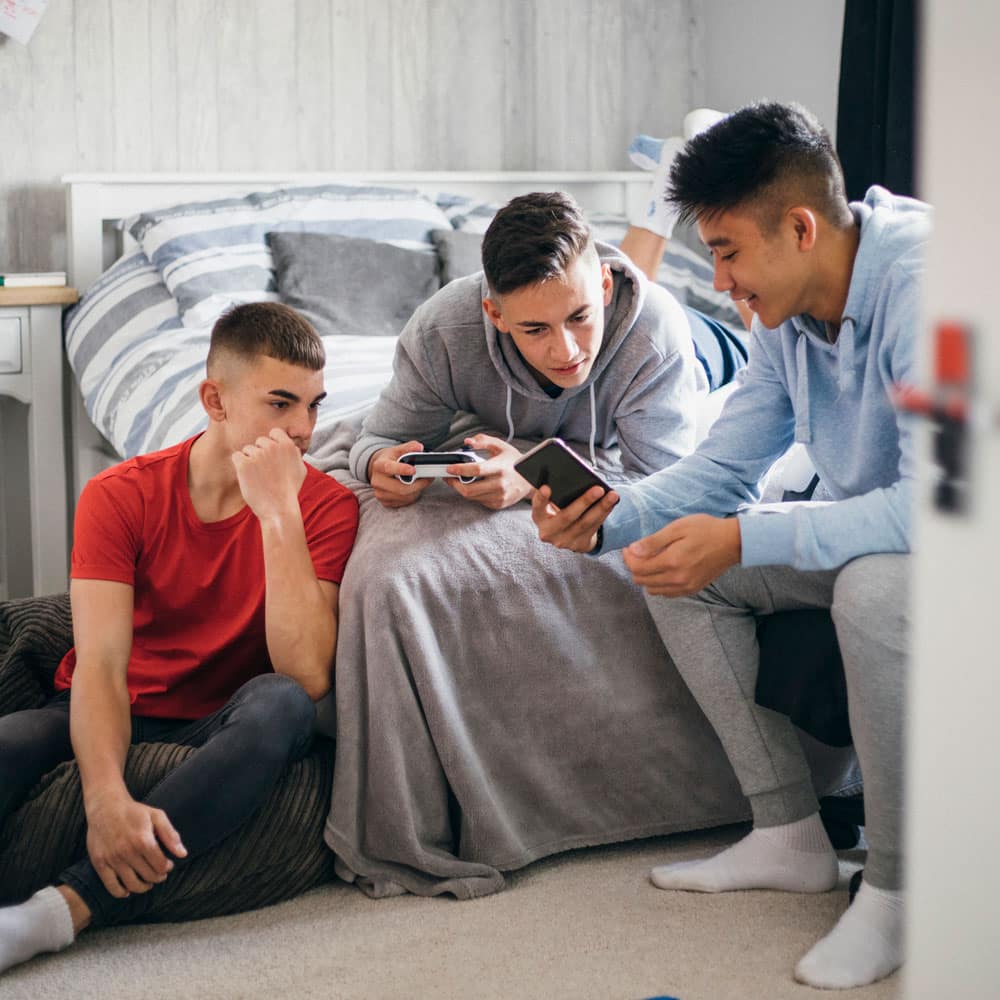By Anna McKenzie
How many times have you checked Facebook today? How about Instagram? Twitter? Or Snapchat? For almost two decades, social media has been a regular part of our lives. It impacts our culture and routines, from the way we socialize and interact with other people, to the way we consume news or pass the time.
Studies have been showing the negative impact social media has on our mental health. But did you know that social media has become an outlet for buying and selling drugs? And not just any drugs: deadly ones.
Social Media and Drug Use: An Alarming Relationship
To begin, it’s important to understand the growing problem the United States has on its hands with drug overdose deaths. According to The New York Times, the US topped out at over 100,000 deaths from drug overdoses in 2021 alone, yielding a figure that was more than vehicle crash and gun deaths combined.

This distressing trend has its roots in the advocacy of prescription opioid painkillers in recent decades, joined by their misuse as people became addicted. Over the years, as more people sought ways to obtain these opioid pills in unlawful ways to supplement their addictions, illegal markets seized the opportunity to take advantage of the demand. Then, the deadly synthetic opioid fentanyl entered the picture.
Fentanyl is 50 to 100 times more potent than morphine, according to the National Institute on Drug Abuse (NIDA). As the demand for prohibited drugs grew, fentanyl became widespread in counterfeit opioid pills offered by traffickers. Because of its potency, fentanyl has become the key culprit in the rise of overdose deaths, according to CNN Health.
With the growing demand for opioids combined with the challenges of the global COVID-19 pandemic in recent years, more people are finding creative ways to obtain these illegal drugs. According to the US Department of Justice, one source is buying drugs on social media. Users will utilize sites like Facebook, Google, or Craigslist to purchase pills from online dealers and have them discreetly shipped via USPS or FedEx. One user even described his purchase of drugs on social media as being as “easy as ordering a pizza.” The neighborhood drug dealers are no longer just found on street corners. They’re on your computer at home or the device in your pocket, widely accessible on common social media platforms.
Users will utilize sites like Facebook, Google, or Craigslist to purchase pills from online dealers and have them discreetly shipped via USPS or FedEx.
The Devastating Impact of Buying Drugs on Social Media
With social media and drug use becoming more intertwined, its impact is perhaps playing its greatest role on kids and young adults. Some have died as a result of purchasing drugs online, thinking they were purchasing a common prescription pill like Xanax but ending up with a dangerous counterfeit drug. Yet many social media platforms have been slow to respond in limiting the dangers.
With Snapchat’s prominently younger user base, the 100 billion-dollar social media company has come under greater scrutiny for the rise in drug overdose deaths because of fentanyl-laced opioids being sold by dealers on its platform. According to The Partnership for Safe Medicines, Snapchat is linked to overdose deaths among teens and young adults (some as young as 13) in at least 15 states. Even with these disturbing statistics, Snapchat has not been responsive to law enforcement requests regarding users suspected of drug dealing and has failed to keep drug dealers off its platform.
This lack of accountability creates fewer barriers for drug dealers to hide in the shadows, easily infiltrating what can often feel like a close-knit social media community to search for new customers.
This lack of accountability creates fewer barriers for drug dealers to hide in the shadows, easily infiltrating what can often feel like a close-knit social media community to search for new customers. Back in the day, it was much easier to protect your kids from drugs in your neighborhood; so, what can be done today to protect them from dealers operating in the wide-open world of social media?
How to Combat Social Media Drug Dealers
There have been growing numbers of protests around the nation regarding social media companies’ inaction toward preventing drug transactions on their platforms. Yet perhaps the most proactive ways that parents and guardians can protect their kids from social media drug dealers start in the home and in the community. Here are a few practical ideas:
- Talk to your kids about fake pills
It’s imperative that you share with your kids the risks of purchasing or taking pills from any source other than your local pharmacy. Educate your teens on the dangers of fentanyl and its prevalence in counterfeit pills.
- Educate yourself about social media platforms
A quick Google search will give you a variety of educational resources on common social media apps your kids use, like Snapchat, Instagram, and TikTok. Learn how to keep your kids safe when they’re using these platforms.
- Speak up in the community
Contact local law enforcement when you suspect drug-related activity is happening on social media. Attend public forums on the topic and talk to your kids’ school about how they’re educating their students on the dangers of drugs on social media.
Help for Young Adults Struggling with Drugs
Drug addiction isn’t limited to just certain demographics or socioeconomic statuses. It can affect anyone. If your teen or young adult is struggling with drug addiction, we at The Claudia Black Young Adult Center can help. Contact us today to learn about our research-backed treatment program and how we can assist your child in taking the steps toward a life free from drug addiction.

